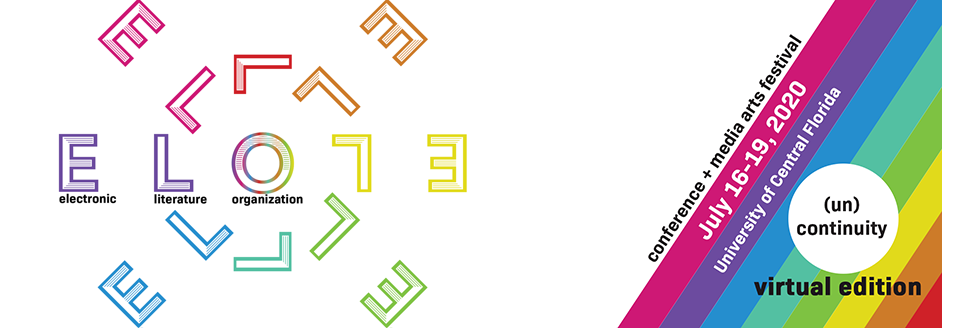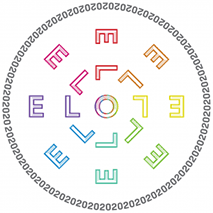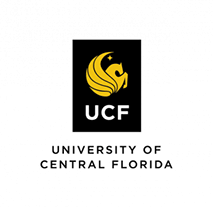Proposal Title
Loading...
Submission Type
Conference Talk - Individual
Start Date
14-7-2020 11:30 AM
End Date
14-7-2020 12:30 PM
Abstract
"Play" the talk at: http://smoulthrop.com/talks/HT2020/
This talk begins with the crazy notion that we might think of hypertext as a signature for the period 1985-2020. The claim is more plausible technically than culturally, but the talk is perversely addressed to culture. Among other things, the discussion revisits Moulthrop's previous ACM Hypertext keynote in 1998, in which he distinguished between "exoteric" hypertext – the then-novel adaptation of the World Wide Web by Amazon and other online retailers – and "esoteric" applications in things like hypertext fiction and digital art. The talk updates this insight with reference to later developments such as Jill Walker's "feral hypertext" thesis, the rise of social media, and the recognition of computer games as legitimate channels of ideas.
While these phenomena have arguably displaced hypertextuality in the popular imagination, Moulthrop points to the major interest in complex narratives, counterfactuals, and multiverses as places where the hypertext aesthetic survives. Turning from aesthetics back to the technical, the talk focuses on Twine, the popular text-gaming application that marries what Alexander Galloway would call the "proctological" openness of web technologies with the structure-mapping affordances of graphical hypertext systems. In some ways portraying Twine as a second coming of hypertext is a clear and perhaps intentional misreading. The talk ends by wondering what this misreading might reveal.
The Hypertext Years?
"Play" the talk at: http://smoulthrop.com/talks/HT2020/
This talk begins with the crazy notion that we might think of hypertext as a signature for the period 1985-2020. The claim is more plausible technically than culturally, but the talk is perversely addressed to culture. Among other things, the discussion revisits Moulthrop's previous ACM Hypertext keynote in 1998, in which he distinguished between "exoteric" hypertext – the then-novel adaptation of the World Wide Web by Amazon and other online retailers – and "esoteric" applications in things like hypertext fiction and digital art. The talk updates this insight with reference to later developments such as Jill Walker's "feral hypertext" thesis, the rise of social media, and the recognition of computer games as legitimate channels of ideas.
While these phenomena have arguably displaced hypertextuality in the popular imagination, Moulthrop points to the major interest in complex narratives, counterfactuals, and multiverses as places where the hypertext aesthetic survives. Turning from aesthetics back to the technical, the talk focuses on Twine, the popular text-gaming application that marries what Alexander Galloway would call the "proctological" openness of web technologies with the structure-mapping affordances of graphical hypertext systems. In some ways portraying Twine as a second coming of hypertext is a clear and perhaps intentional misreading. The talk ends by wondering what this misreading might reveal.




Bio
Stuart Moulthrop is Professor of English at the University of Wisconsin-Milwaukee, where he coordinates the concentration in Media, Cinema, and Digital Studies and serves as Co-Director of the Digital Cultures Collaboratory in the Center for 21st Century Studies. He is author of several notable works of electronic literature including Victory Garden (1991), Under Language (2008), and End of the White Subway (2016). He has collaborated with Dene Grigar on Traversals (2017), concerning the preservation of early electronic literature, and with Anastasia Salter on Twining (2020), a critical/practical study of the Twine platform. This appearance marks his return to the ACM Hypertext conference, where his first paper appeared in 1989.